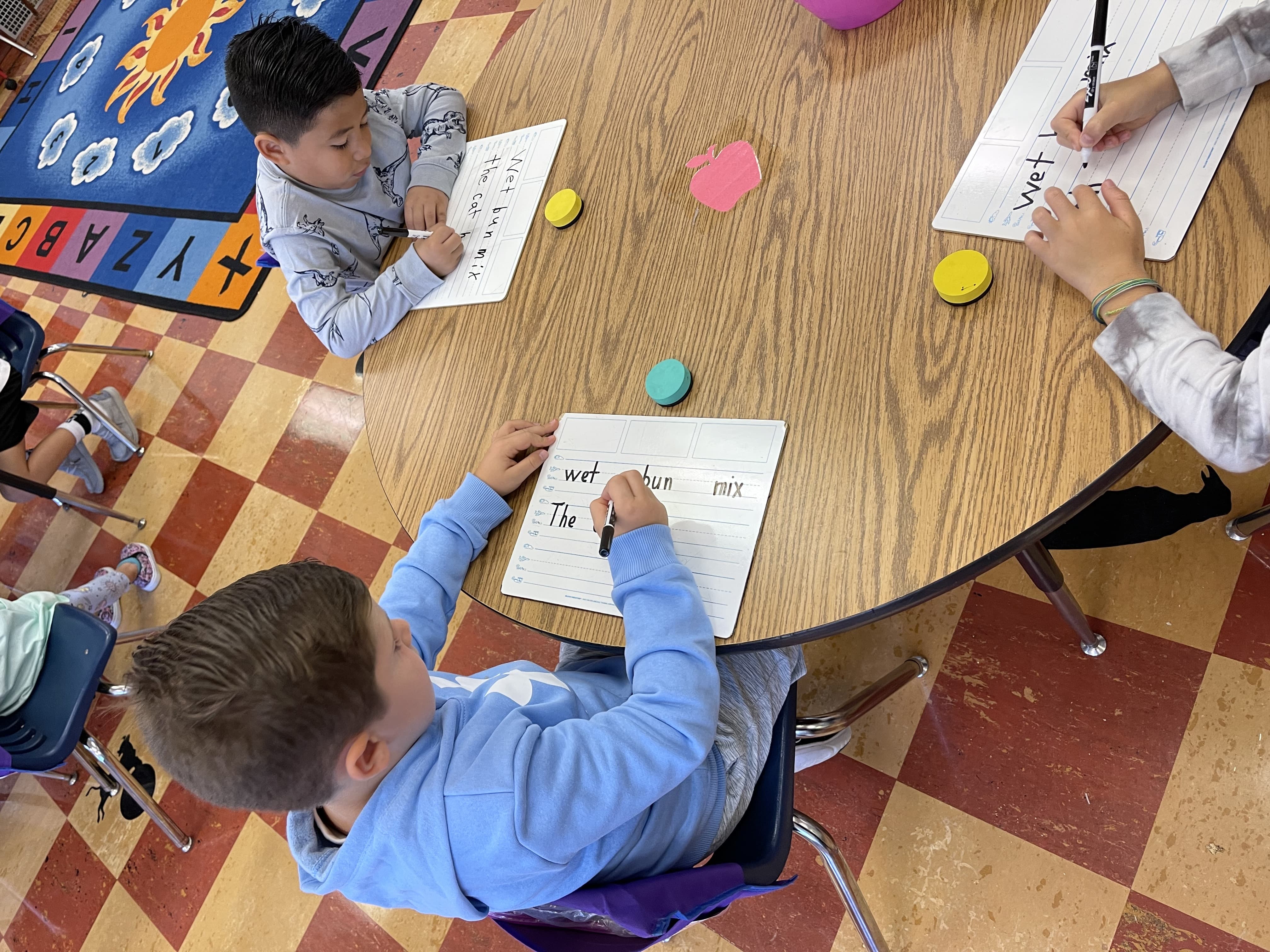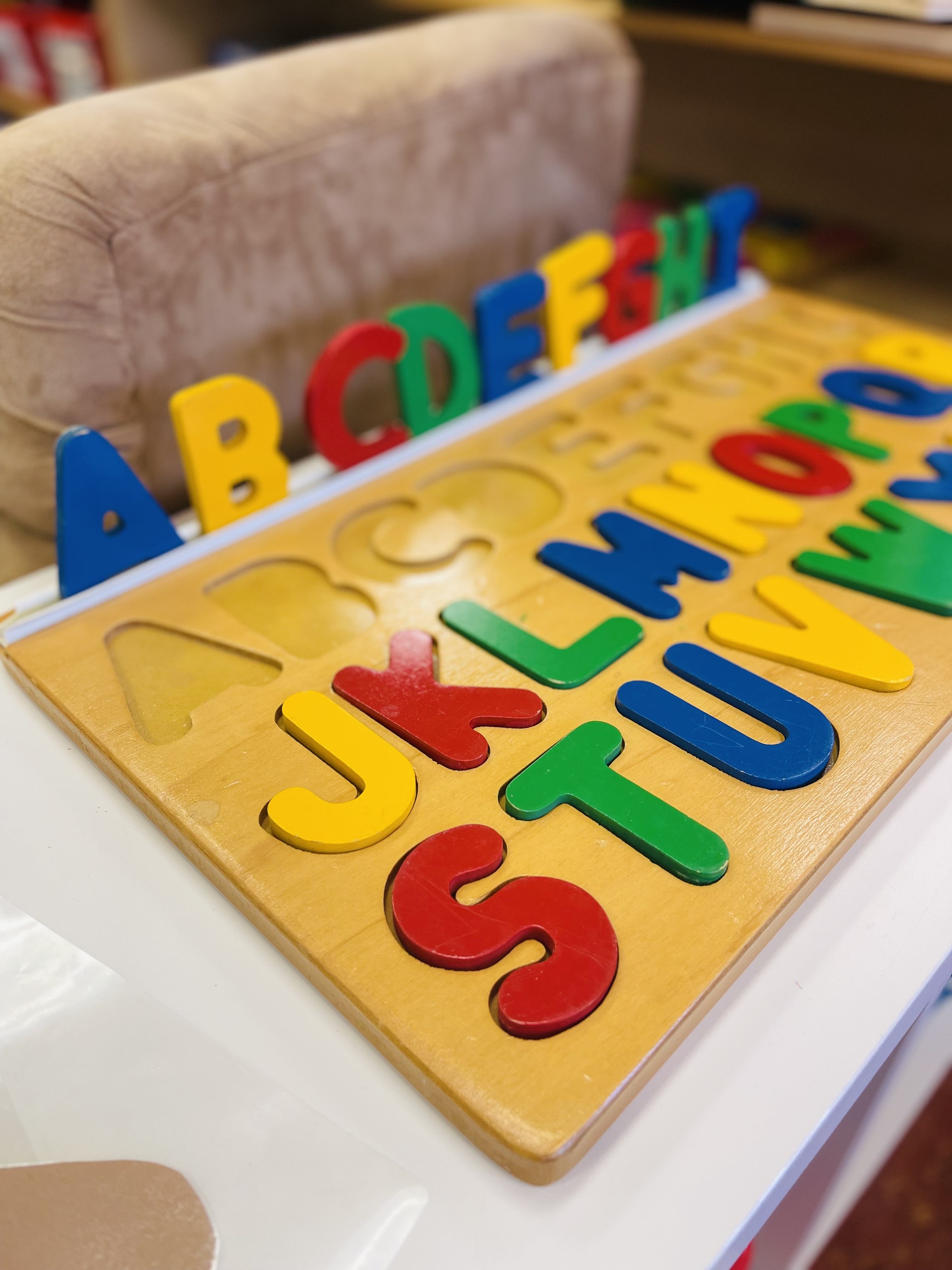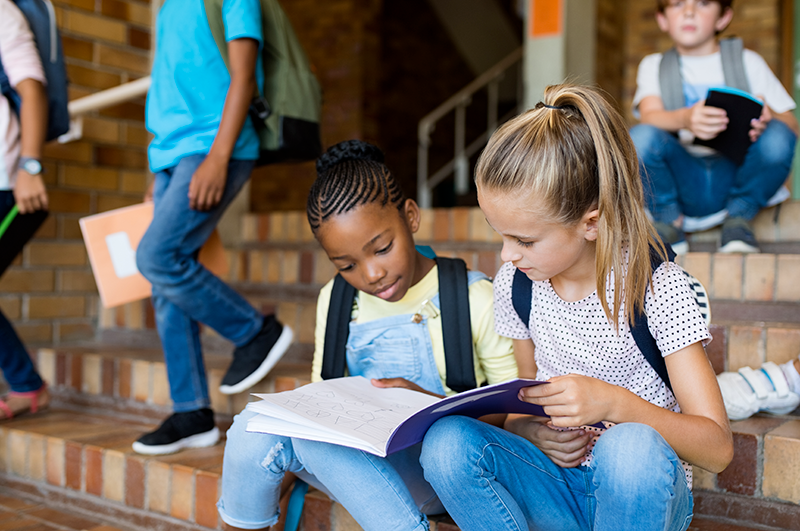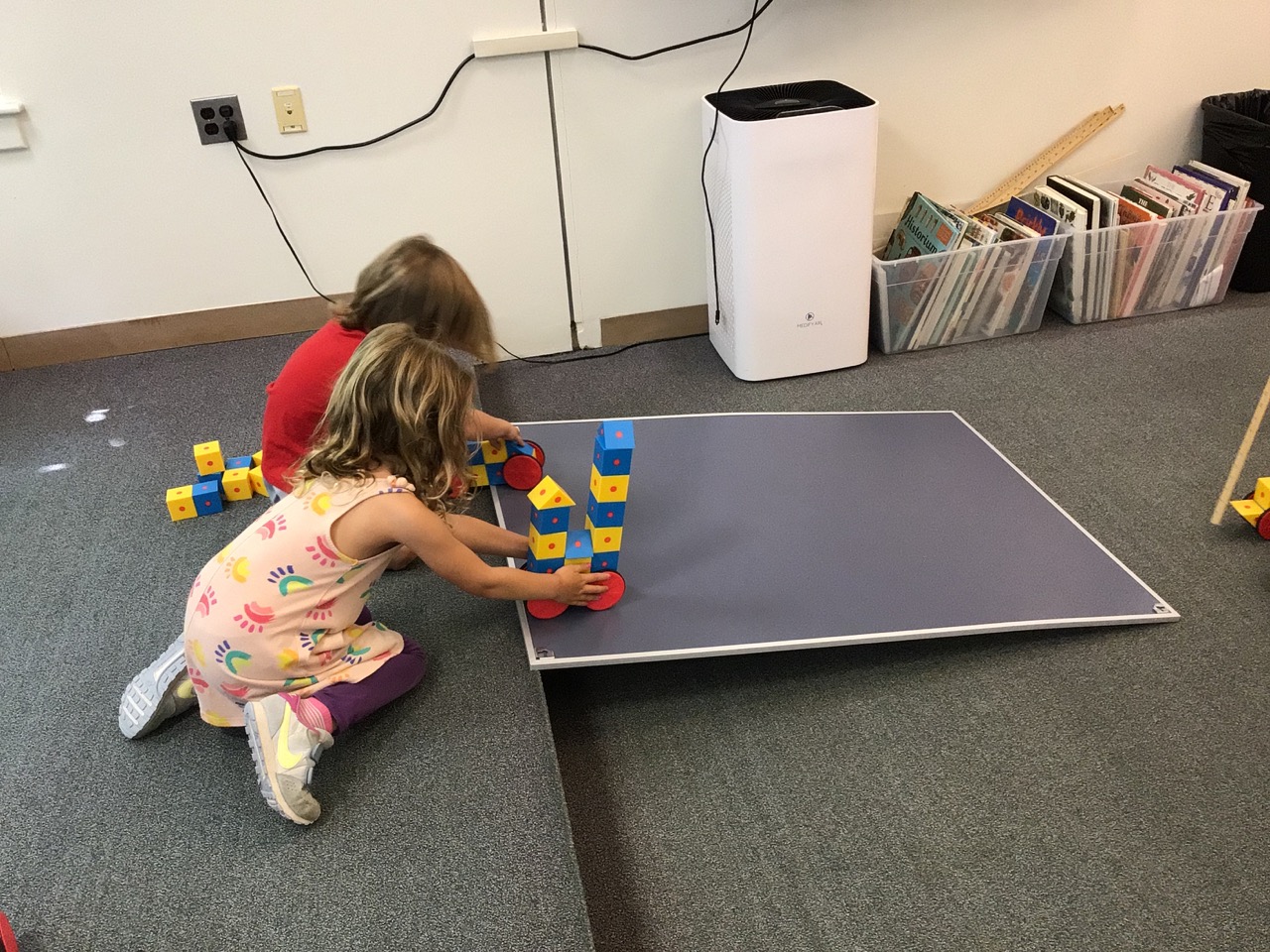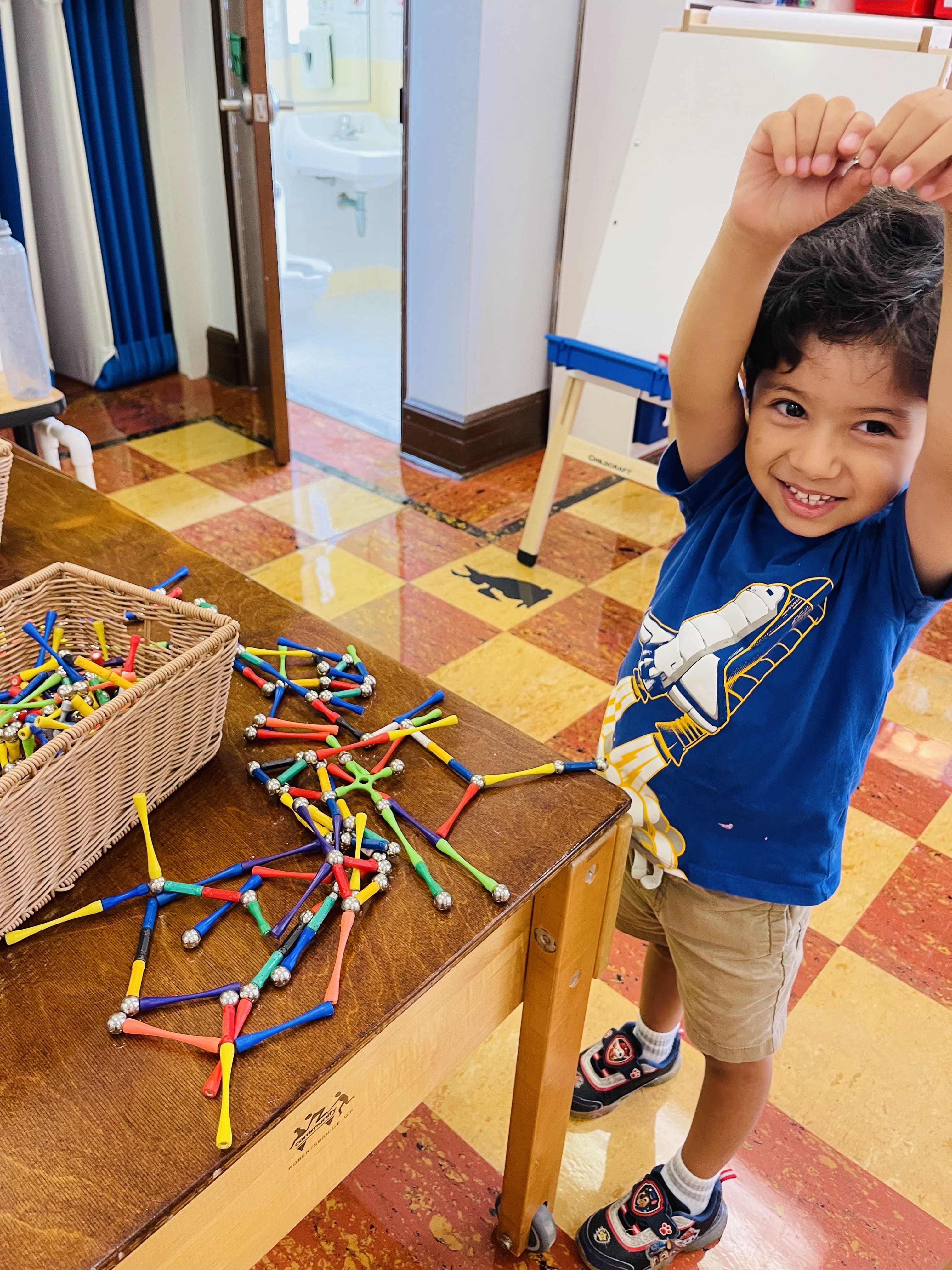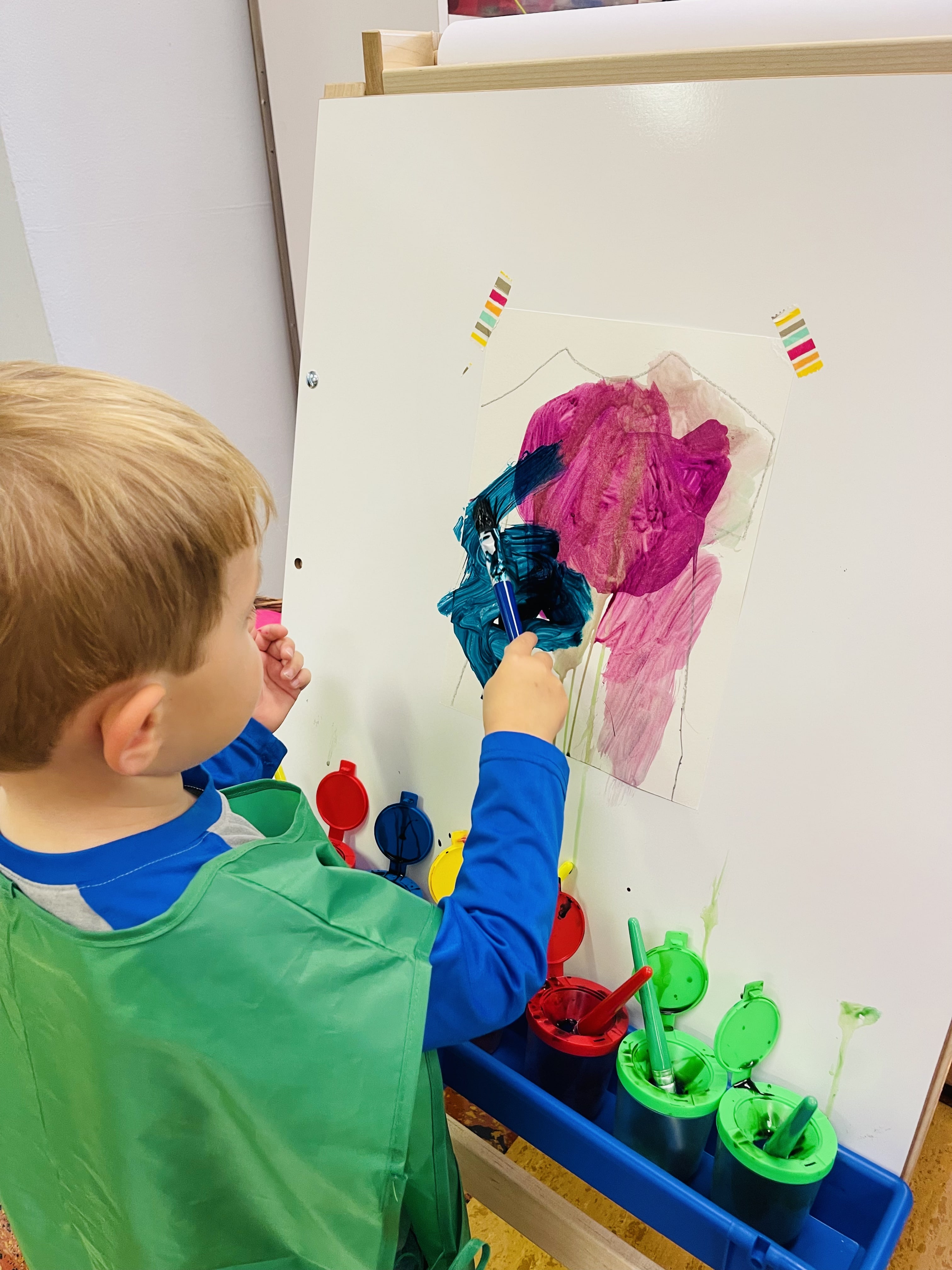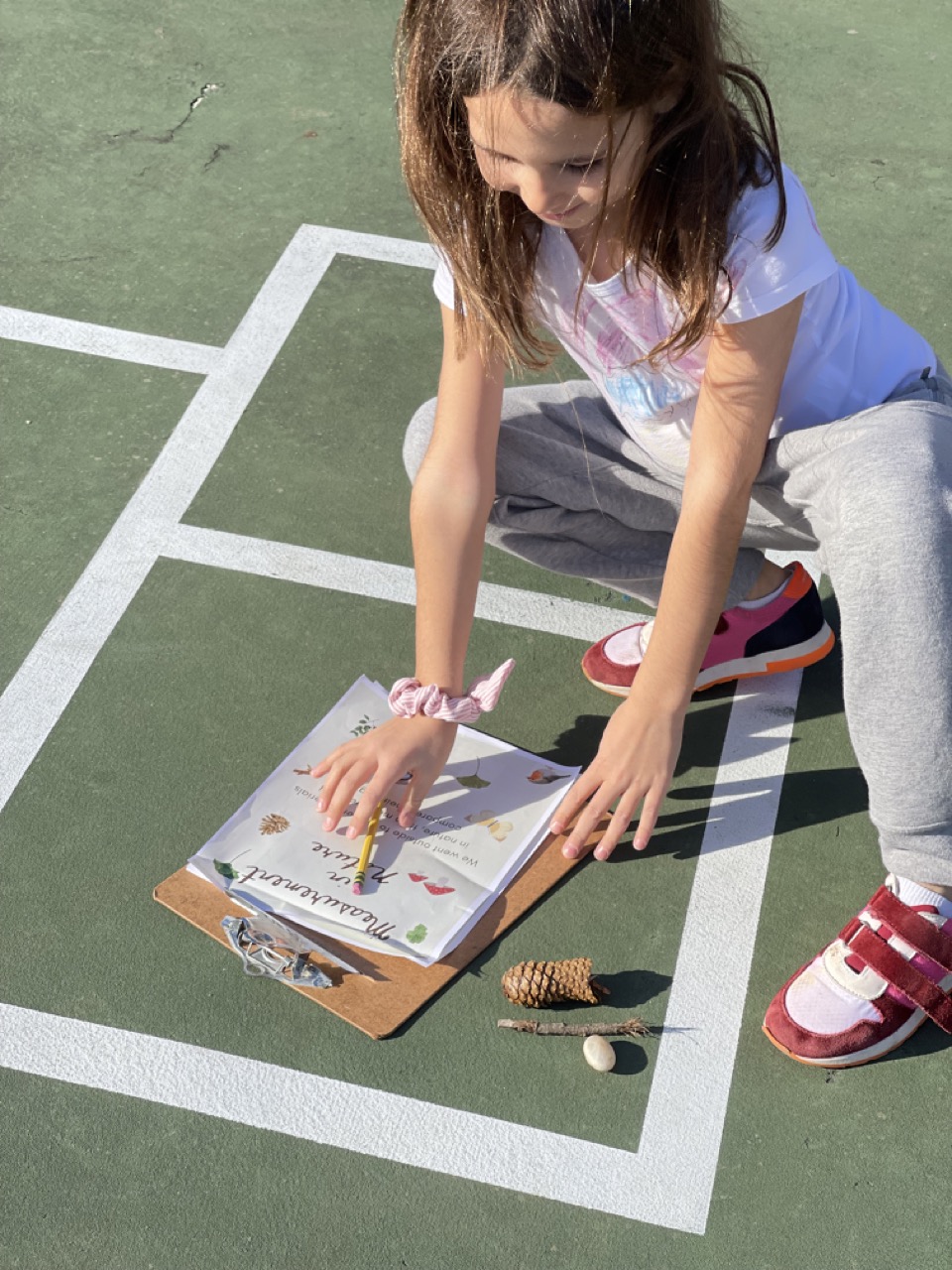Mindfulness for Elementary-Aged Children: A Guide for Parents
As a parent, you're likely aware of the importance of helping your child develop skills that support their well-being and academic success. One powerful way to do this is through mindfulness practices.
Mindfulness is the practice of being present in the moment, paying attention to your thoughts, feelings, and sensations without judgment. By teaching your child mindfulness, you can help them develop essential life skills that benefit their emotional, social, and academic development.
Benefits of Mindfulness for Children
By incorporating mindfulness into your daily routine, you can help your child:
- Develop better emotional regulation and resilience
- Improve their focus and concentration
- Enhance their self-awareness and self-acceptance
- Build stronger relationships with others
- Perform better academically and develop a more positive attitude towards learning

Components of Mindfulness
-
Self-Regulation: The ability to control one's thoughts, feelings, and behaviors. Mindfulness helps children develop self-regulation skills by teaching them to recognize and manage their impulses, leading to better decision-making and behavior.
-
Positive Thinking: Focusing on the positive aspects of a situation and cultivating a optimistic mindset. Mindfulness encourages children to reframe challenges as opportunities for growth, promoting resilience and confidence.
-
Emotional Control: The ability to recognize, understand, and manage one's emotions. Mindfulness helps children develop emotional awareness, allowing them to better navigate complex emotions and respond to situations more thoughtfully.
-
Coping Strategies: Techniques used to manage stress, anxiety, or difficult emotions. Mindfulness provides children with a range of coping strategies, such as deep breathing, visualization, and physical relaxation, to help them navigate life's challenges.
Practicing Mindfulness with Your Child
You can practice mindfulness with your child in various ways, making it a fun and engaging experience for the whole family. Here are some simple activities to get you started:
-
Deep Breathing Exercises: Take a few minutes each day to practice deep, slow breaths together. This can help calm the mind and body.
-
Body Scan: Lie down or sit comfortably, and bring awareness to different parts of the body, starting from the toes and moving up to the head. This helps develop relaxation and body awareness.
-
Mindful Walking: Take a short walk together, paying attention to the sensation of each step, the surroundings, and the rhythm of breathing. This encourages presence and appreciation for the moment.
-
Gratitude Practice: Share three things you're grateful for each day, no matter how small they may seem. This fosters a positive and appreciative mindset.
By practicing mindfulness together, you can create a supportive and nurturing environment that promotes your child's overall well-being and sets them up for long-term success.


